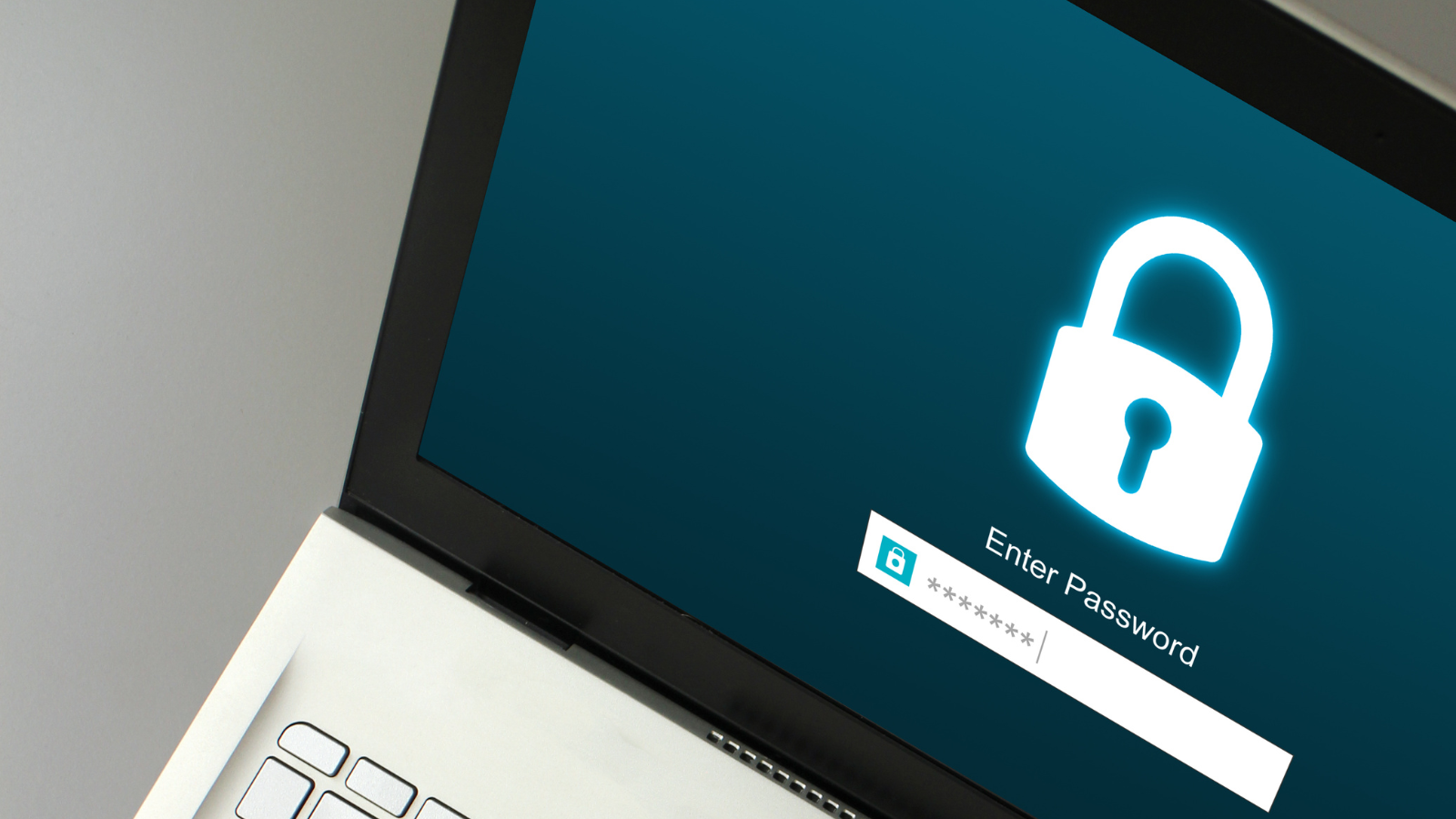
Passwords have long been the standard for digital security, but they are quickly becoming outdated, especially when it comes to e-signatures. With so many advanced technologies available, relying on passwords for something as important as signing documents is no longer the best option. Passwords are vulnerable to breaches, phishing attacks, and simply being forgotten — a weak link in your security system.
As digital transactions become the norm, it’s time to embrace a faster, more secure, and user-friendly method: going passwordless. But what does that really mean, and why should you make the switch?
Going passwordless means replacing traditional passwords with stronger, more secure authentication methods. These alternatives improve security and eliminate the hassle of managing complex passwords. Let’s explore a few of the most popular options:
Biometric authentication uses unique physical characteristics such as facial recognition, fingerprints, or voice recognition to verify a person’s identity. This is a highly secure method for e-signatures because it’s difficult for anyone else to replicate your biometric data.
Hardware tokens are physical devices, like USB keys, used for authentication. While they offer strong security, they’re not always the most convenient since they can be lost or misplaced.
These are mobile apps that generate one-time passcodes (OTPs). While secure, they still require you to enter a code every time you sign a document, adding a layer of inconvenience.
Magic links allow you to authenticate by clicking a link to your email, eliminating the need for a password. It’s quick and easy but may not offer the highest level of security for sensitive transactions.
These methods offer enhanced security and convenience compared to traditional passwords, making them the future of e-signatures.

In finance and real estate industries, passwordless authentication isn’t just a nice-to-have; it’s necessary to meet regulatory standards. In the Philippines, laws like RA 9160 and the Anti-Money Laundering Act (AMLA) mandate strict authentication measures for digital transactions. Using only passwords to authenticate high-stakes agreements doesn’t meet these requirements.
Weak passwords are easily compromised, putting your business at risk of data breaches, fraud, and non-compliance with AML obligations. Regulatory bodies like the Anti-Money Laundering Council (AMLC) require stronger security measures and businesses that don’t comply risk hefty penalties.
With biometric authentication, passwordless solutions help businesses stay compliant while protecting their digital transactions. By moving away from passwords, you’re not just enhancing security; you’re aligning with regulatory requirements.
Using passwords to secure sensitive documents is becoming an outdated and risky practice. Here’s why passwordless solutions are a much better choice:
Remembering multiple passwords for different platforms is both frustrating and inefficient. Using more advanced authentication methods removes the burden of memorizing complex passwords. Biometrics, for example, allows you to authenticate simply by looking into a camera or scanning a fingerprint.
Passwords can be stolen, shared, or hacked. Biometrics, however, are unique to you, making it much harder for unauthorized individuals to access your account or sign documents on your behalf. It’s a more secure way to authenticate than typing out a string of characters.
Passwordless solutions are faster and easier to use. Instead of entering and verifying a password, you can authenticate with biometrics or magic links in just a few seconds, streamlining your workflow. Why waste time typing passwords when a more efficient option is available?
Introducing UNAWA Face Recognition (UFR), a passwordless solution that eliminates the hassle of signing documents. With UFR, you use facial recognition technology to authenticate your identity when signing, making the process as simple as taking a selfie.
By eliminating passwords, UFR ensures that only the right person can sign a document, reducing the risk of fraud and errors. More importantly, it’s fully compliant with laws like RA 9160 (AMLA), making it the ideal choice for businesses needing to meet AML obligations.
UFR allows you to sign documents quickly and securely, ensuring legal enforceability and ease of use. Why make signing harder than it needs to be when you can just take a selfie?